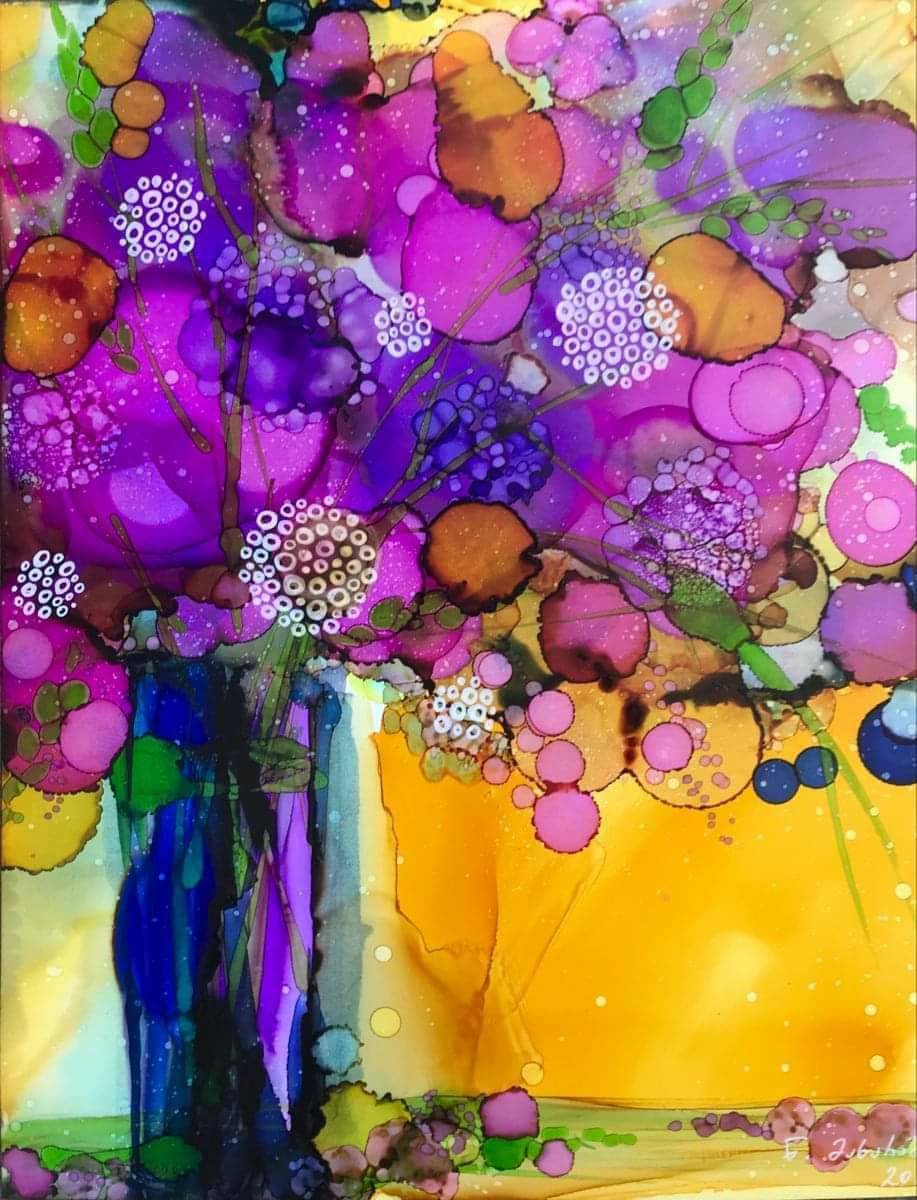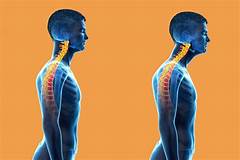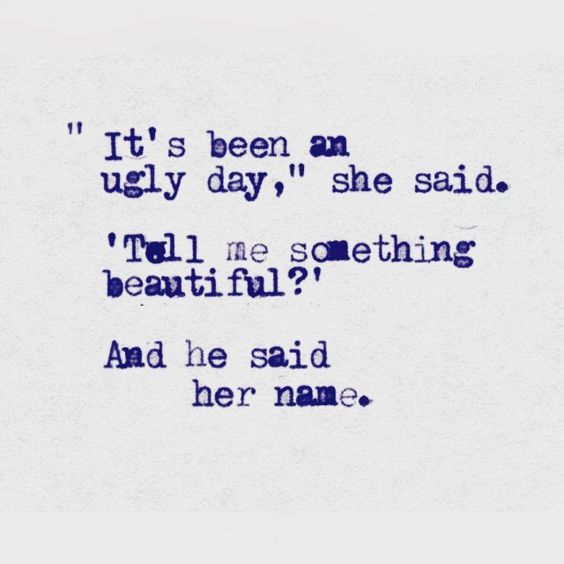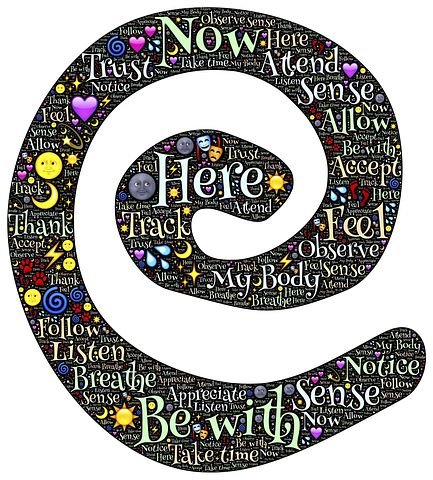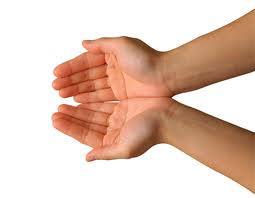
Experience Personalized Craniosacral Sessions:Unlock Your Bodies Potential to Heal
What Happens in Craniosacral Sessions?
First of All, I’d like to say that Craniosacral Therapy is not Massage. Although, there are many massage therapists who get interested in this type of manual therapy because it is so valuable in helping people to move back into long-term health. The Craniosacral Sessions look much different. It’s light touch, yet very powerful.
When You come in for a Craniosacral Session, you stay fully clothed. Most sessions last about an hour. Personally I keep them at 75 minutes. Instead of using lotions and creams, a Craniosacral Therapist listens intently to the person’s Craniosacral Rhythm which is created in the brain, and flows around the nervous systems. The sessions are very quiet unless the person on the table begins to deepen into a cellular memory or feelings. Advanced Cranosacral Therapists are trained to help when this happens. If you are looking for someone Certified, check out www.upledger.com. They are the leading school teaching Craniosacral Therapy.
It’s an experience unlike any you have probably experienced. A whole body melding and transformation occurs. It’s your own Deeper Wisdom emerging and bringing calm and centeredness most often into the session. People often tell me, that it’s the most calm they have felt in a long time.
For more information, contact Sharon Hartnett. at 703 509-1792.
www.craniosacralatherapistcolumbus.com
6797 N. High St. 333 Worthington. 43085



